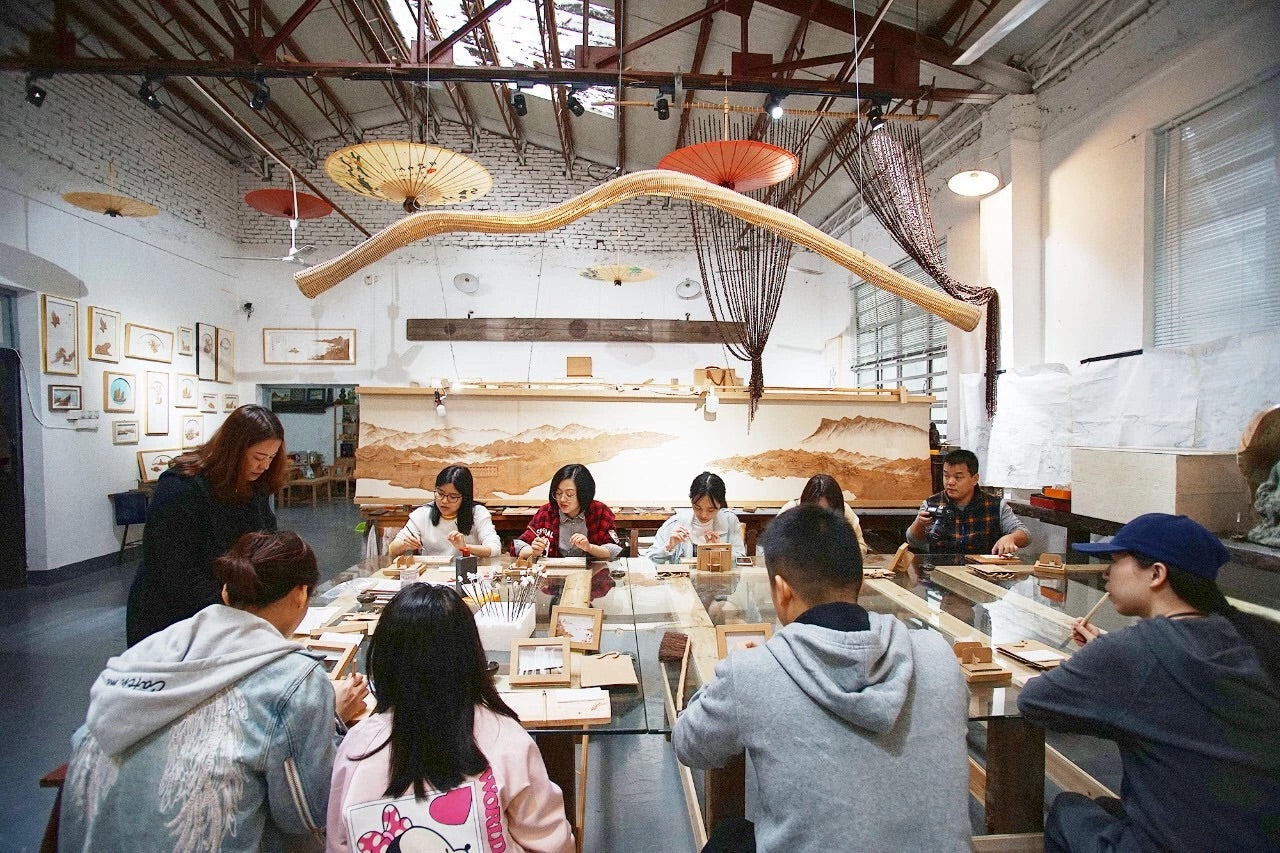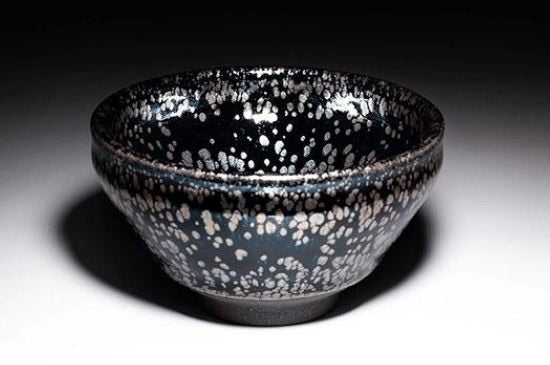
About us
We are an art studio from China. We want to introduce the most Chinese-style handicrafts and collectible artworks to more people. We visited many small villages and studios,knew that many traditional Chinese handicrafts will be lost in the next 10-20 years, such as cork carving painting craftsmanship. At present, there are less than 20 craftsmen, their age are range from 60 to 75. They have been doing cork crafts for half a century, but it is difficult to pass on.,because the naissance of a work takes at least 1 to 12 months, which requires great patience and the spirit of seeking nothing in return. Besides from cork carvings, there are traditional embroidery, purple clay pots, Jian Zhan, lacquer ware, etc.. All of which are purely handmade. We don’t know how long these real works of art will last. My partners and I hope to provide customized services to individual and commercial customers so that the craftsman’s skills and products can get more recognition. More people can be encouraged to learn and inherit handicraft skills.
About The Cork Carving Painting
-

Overview
Cork painting, also known as cork carving, wood painting, a handicraft in folk carving, is mainly produced in Fuzhou, Fujian Province in the south of China. It is a handicraft that combines “carving” and “painting”. Year: Produced in 1914, it has a history of 100 years.
-
Raw Materials
The cork painting used the layer of the cork oak trees as the main raw material, which were imported from Spain, Portugal and Arabia. On the one hand, the cork has the advantages of gas and water impermeability, and no chemical effect. On the other hand, it has the advantages of light and soft texture, non-flammable and anti-corrosion, can be stored for a long time, wear-resistant and elastic, with fine natural patterns and pure and elegant colors. When the bark is stripped, the growth of the tree won’t be damaged.So it is a good environmental protection material, known as “soft gold”.
-
Craftsmanship
We should cut the light, loose, elastic and fine-textured cork into thin slices, combine with various traditional Chinese carving techniques, use a knife instead of a brush, and carefully carve it by hand to make a complex picture with a fine texture, and use the limited space in the frame to make the image of the scene three-dimensional, and carving various pavilions with distinctive national styles. Because of its simple in tonality, vivid in image, profound in artistic conception, clear and lovely, it has the artistic effect of “hundreds of miles of mountains, all in one frame”.
Oriental Carp
About The JianZhan

The origin of JianZhan
In ancient China, during the Song Dynasty, tea was enjoyed by the nobility, the literati, husbandmen, the peasants and the merchants. The most popular form of tea drinking at that time was "tea fighting". In order to create the best results, not only did the tea need to be high-quality and skillful, but it also needed good quality tea calix. This is why having a good tea ware was the pursuit of people from all walks of life at the time.
The unique charm of JianZhan lies in the fact that "one colour in the kiln, ten thousand colours out of the kiln" Each JianZhan is a unique piece. This is because of the different seasons, weather, kilns and kiln locations, which make the temperature and humidity change, so even if with the same raw materials, the fired JianZhan is also different."
Introduction to the shape of JianZhan
The shape of the Song JianZhan is distinct Song in character. The shape of JianZhan is predominantly bowl-shaped, and is represented by a variety of shapes, such as the bunched mouth, converging mouth, skewed mouth and open mouth. The bunched mouth is the most classic. Each JianZhan artisan has a slightly different interpretation of the shape, and even the same shape category of JianZhan has distinct sizes and forms.
▲Bound Mouth JianZhan

This is a classic type of vessel made for tea fighting, so named because of the water line about 1cm below the mouth rim. The design of the water line restrains the spillage of tea infusion when filling and flicking, and facilitates the evaluation of the tea infusion. When ordering tea, there is ample space on the surface to contact with the air, which is conducive to ordering the finest tea infusion. When tasting the tea, the tea infusion spills over the rim of the mouth and slides into the mouth.
▲Convex Mouth Type JianZhan

This is named after the inwardly converging rim of the mouth. This is a small to medium caliber vessel, with a varying degree of inwardness of the rim, and is mainly used for tea drinking routine.
▲Open Mouth JianZhan

Named after the open mouth, JianZhan is also known as a 'bamboo hat-shaped calix'. It is available in different sizes with an open rim and straight or slightly curved walls, making the pattern tenser and more ornamental, and is available for observing the changes in tea soup when drinking.
▲Skewed Mouth JianZhan

Named after the distinctly flared rim of the mouth, this large caliber vessel is mainly used for dispensing tea, while the small and medium caliber vessels are used for daily drinking. The wider rim is suitable for viewing the tea soup when dispensing tea and is more effective in cooling down the tea, making it more suitable for summer use.
These are the four common types of JianZhan, which are also the mainstream types. There are also other types of vessels, such as lamp jade, meditation and incense burners.
The magic of JianZhan colours
Drinking tea in JianZhan can produce colorful colors, which are a mixture of pigments from various types of tea, just like a colour spectrum, where different colors are mixed to produce another colour. JianZhan can be used to drink tea as long as it is continuously used to drink tea, the original colour will also change. If you think the JianZhan is beautiful, you can no longer drink tea, as an ornament to appreciate, but the JianZhan itself is used to drink tea, and can repeatedly raise colors, but each time the colour is different, but this is also the fun of raising colour, which is unpredictable, there are always unexpected surprises.

